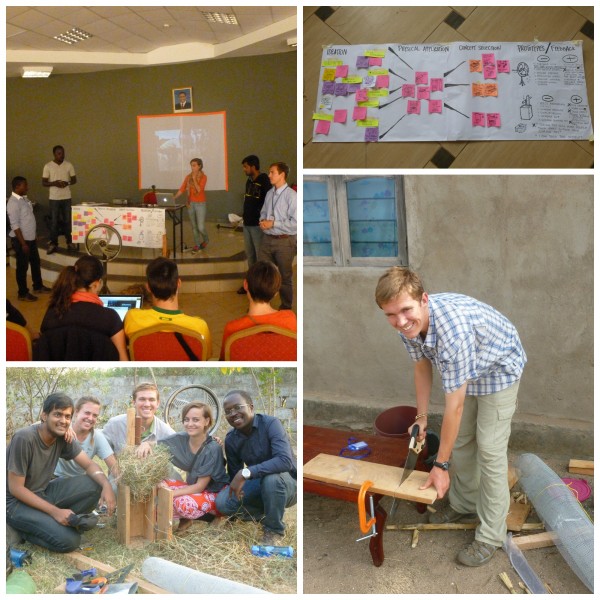Managing Multilingual Communication
Staff members of the International Development Design Summit (IDDS) overcame language barriers by translating all presentations and activities into Kiswahili and English. Most participants spoke English although some East Africans only spoke Kiswahili and other Latin Americans only spoke Spanish. From observing the exchange between speakers, translators, and participants, I identified a few communication strategies which helped to make all stakeholders feel included.
When giving a simultaneously translated presentation, a speaker must express him or herself in short and digestible sentences. Concise and deliberate sentences help the audience and the translator understand the message. Although a speaker’s main concern is to successfully deliver a message to the audience, the speaker cannot overlook the needs of the translator. In such a presentation, a speaker cannot search for words nor think aloud. In such rare cases at IDDS, the translator asked for the speaker to repeat the message a second time.
From delivering simultaneously translated presentations throughout the summit, I learned that speaking with a translator is an acquired skill. During the second design review which was my first opportunity to present with a translator, I found myself frustrated by my own zeal. As an actor and relater, I derive satisfaction from communicating. Just as soon as I built my own excitement around the feedback my team received from the community, I would need to pause and let the translator translate.
What I was experiencing I feel is a valid challenge to multilingual communication. Translating presentations creates a barrier to dynamic discussion. Although presentations which are simultaneously translated provide moments for audience members to pause and process what has been said, creating lively dialogue amongst participants can be a challenge.
Pictured top left : my team presents our two more developed prototypes 1) a hand-powered hay baler 2) a maize chaff chopper ; bottom left: my team takes a moment to celebrate our completed hay baler just in time for the community meeting the following morning; bottom right : I put experience from my Eagle Scout project to use finishing our hay baler; top right: my team’s process map for the second design review from ideation to prototyping.

